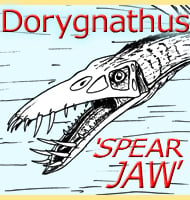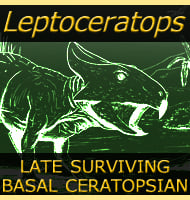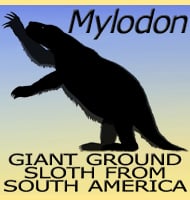In Depth
Although the name means ‘snout horse’, Rhynchippus was actually a notoungulate, a group of South American mammals completely unrelated to horses. Rhynchippus was actually an early relative to the much larger Toxodon that would appear much later around the Pliocene/Pleistocene eras. The similarity between Rhynchippus and primitive horses like Mesohippus is a case of convergent evolution where the mammals of South America had to evolve to the expanding plains environments, but from different evolutionary lines to the horses that would dominate the northern continents.
Rhynchippus was a mammal that was well adapted for grinding tough plants. This was made possible by the thick coating of enamel on the teeth that would have increased the life expectancy of the teeth despite the constant grinding when Rhynchippus fed. However unlike later toxodonts, the upper canine teeth were not shaped into tusks.
Further Reading
Further reading









